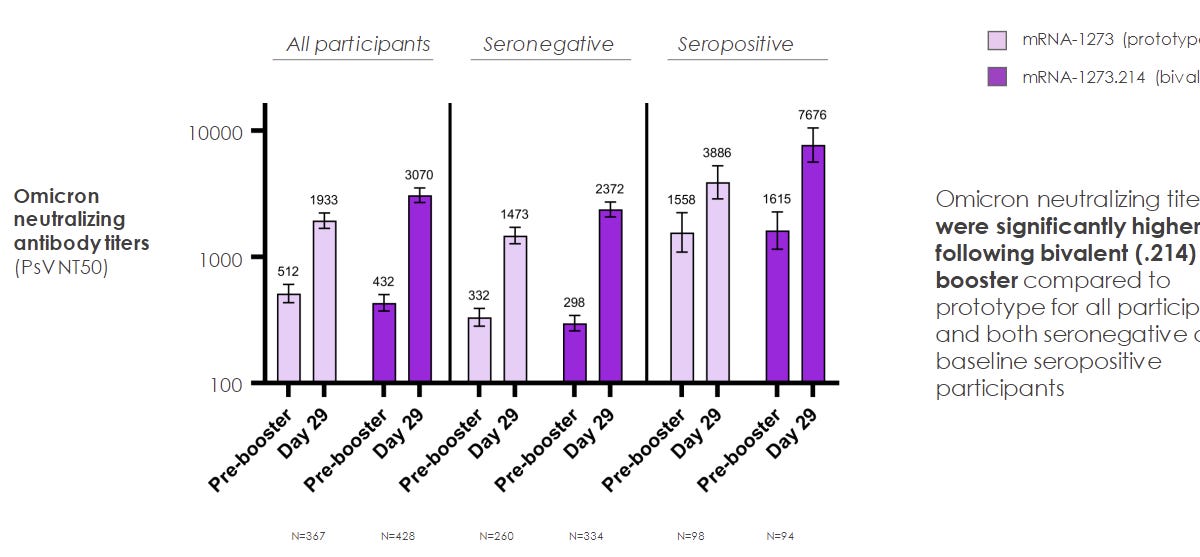- Joined
- Jun 8, 2008
- Messages
- 54,290
Sadly this theme continues. The pandemic is still going strong over 27 months since it began.
"
The United States entered Memorial Day weekend with new coronavirus cases at least five times higher than this point last year as the nation confronts the most transmissible versions of the virus yet. Public health authorities are bracing for summer travel and gatherings to fuel new bumps, especially as recent research suggests omicron infections fail to provide lasting immunity. As governments abandon efforts to control the spread, Americans are largely on their own to navigate a third pandemic summer.
Shanghai’s two-month lockdown is coming to an end. Taxis, public buses and ecstatic young people returned to the streets Wednesday morning as China’s financial capital officially lifted its lockdown for most residents. The city of 25 million will reopen gradually and residents say the emotional and financial scars will take time to heal.
OTHER IMPORTANT NEWS
Schools are struggling to meet rising mental health needs as a new federal survey shows seven in 10 public schools are seeing an increase in students seeking services.
Japan is reopening to foreign tourists after more than two years with visitors from select countries including the United States allowed starting June 10.
"
"
The United States entered Memorial Day weekend with new coronavirus cases at least five times higher than this point last year as the nation confronts the most transmissible versions of the virus yet. Public health authorities are bracing for summer travel and gatherings to fuel new bumps, especially as recent research suggests omicron infections fail to provide lasting immunity. As governments abandon efforts to control the spread, Americans are largely on their own to navigate a third pandemic summer.
Shanghai’s two-month lockdown is coming to an end. Taxis, public buses and ecstatic young people returned to the streets Wednesday morning as China’s financial capital officially lifted its lockdown for most residents. The city of 25 million will reopen gradually and residents say the emotional and financial scars will take time to heal.
OTHER IMPORTANT NEWS
Schools are struggling to meet rising mental health needs as a new federal survey shows seven in 10 public schools are seeing an increase in students seeking services.
Japan is reopening to foreign tourists after more than two years with visitors from select countries including the United States allowed starting June 10.
"














300x240.png)